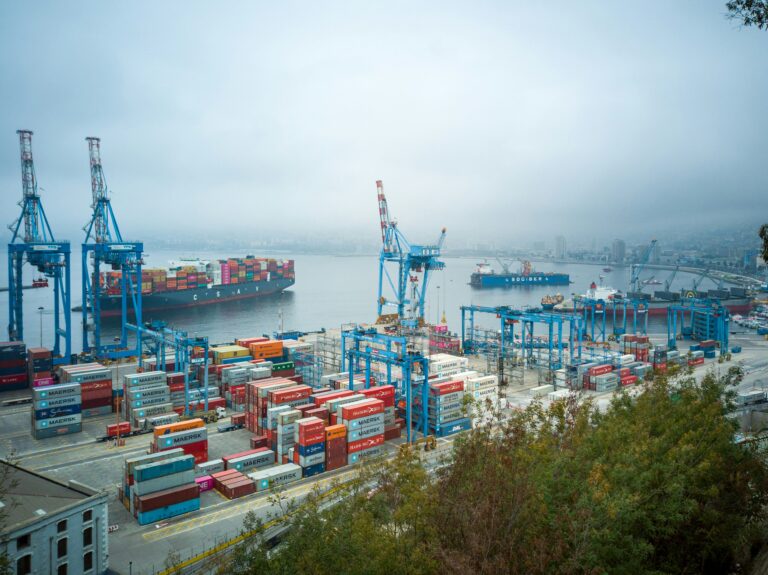
The attractiveness of the Chinese market to foreign brands is undeniable. The continuous growth of China’s economy, along with its huge future potential and important transformations bringing more accessibility, is inspiring most of overseas companies.
However, the complex arrangement of people, storage facilities and transportation systems within the world’s biggest population is a real challenge in terms of distribution. Moving goods and services from producers to consumers in the most efficient and reliable way possible is not what you’d call effortless in a city of 21.52 million inhabitants already facing management difficulties. That’s what it’s like establishing a distribution network in Beijing, and it’s faced by all companies searching for the fast and reliable distribution network essential for a successful business in China. This complexity and difficulty has lately been a serious constraint, dissuading international business. However, the largest cities in China have been dealing with those limitations and finally, an efficient and effective distribution network is no longer just a lofty dream.
Opening of the distribution network in China
The effort of the Chinese government to improve their distribution networks can be observed by analysing actions undertaken in the last few years. Before the launch of economic reforms in 1978, nationwide distribution channels were controlled by the PRC government. Distribution centres, wholesale operations and retail outlets were all managed under Beijing’s government oversight.
As reforms were rolled out, China went from a centrally planned economy to a market economy, entering the World Trade Organisation (WTO) in 2001. This attracted foreign competition that eliminated a lot of local distributors and favoured privatization of distribution. Despite the fast growth of distribution needs, changes seem to be reasonably slow. It is only since 2014 that China opened distribution to foreign investment and allowed foreign distribution companies to apply for a Chinese wholesale license. For overseas companies to operate as a wholesale, joint ventures must be created with Chinese companies.
Choosing a distribution network in Beijing
A distribution channel is the network of individuals and organizations involved in the process of moving a product or service from the producer to the end user. To set up, manage and improve distribution channels in Beijing it is essential to evaluate the way the Beijing clients purchase the product and the service. Trends in large Chinese cities are to buy manufactured goods online. The expansion of the Internet in China has raised the number of users to 400 million.
Online distribution channels such as Alibaba.com with its subsidiary Taobao.com, and JiGoCity.com are operating with a large network of consumer service companies. In April 2010, Taobao reported over 190 million users, meaning that half the internet users in China are embracing this online shopping solution. Other common distribution strategies are very successful too in Beijing. Privatised companies with great brand recognition and power are delivering great service despite an important but complex bureaucratic system.
Decentralized distribution systems are not considered the best judicious choice because these networks often tend to reach higher operational costs. The lack of expertise and professionalism plaguing these kinds of networks generally stem from low quality local partners that don’t fulfill international standards in operation and technology.
Advice for a successful distribution network in Beijing
A strong and efficient distribution network is one of the most important assets of manufacturers, and restrains new competitors from entering the market; choosing a distribution network must be done with expertise and intensive research to avoid underperformance and stock-outs that would immediately harm brand reputation.
Despite all those difficulties faced by companies, middle class households are expected to double their spending power in more than a quarter of China’s cities over the next decade. While challenging, there’s a huge potential to build long-term relationships with distributors in Beijing, a compulsory factor if a brand is going to be ready to face the phenomenal increase in demand in China. Beijing, being the center of China and therefore subject to many of the government’s most confident developement strategies, is likely to be among the first cities to achieve international standards in distribution networks. Local partners will have to become increasingly aware of and subject to those standards if they want to compete with foreign investors and players, and therefore Beijing is a prime city for companies looking to establish a world-class distribution network.
But most of all, as responsibility for distribution operations is generally orientated to the distributor, it is important to make sure that each part of the supply chain is clearly presented and identified to enable fast assessment of capacity and quality of the service, their cost and to find the weak points needing improvement. In China, and with the messy legacy of distribution networks in Beijing especially, that can be difficult, but one of the best ways is to approach the establishment of the distribution network in Beijing with a skeptical mindset, and avoid the temptation to let a local partner present an “easier” but ultimately unsustainable network which lacks transparency.
SOURCES:
https://www.chinabusinessreview.com/developing-china-sales-and-distribution-capabilities/
https://www.b2binternational.com/publications/china-market-entry/
https://www.ft.com/intl/cms/s/0/0cf47274-a96d-11e1-9772-00144feabdc0.html#axzz3YIhquqtn





